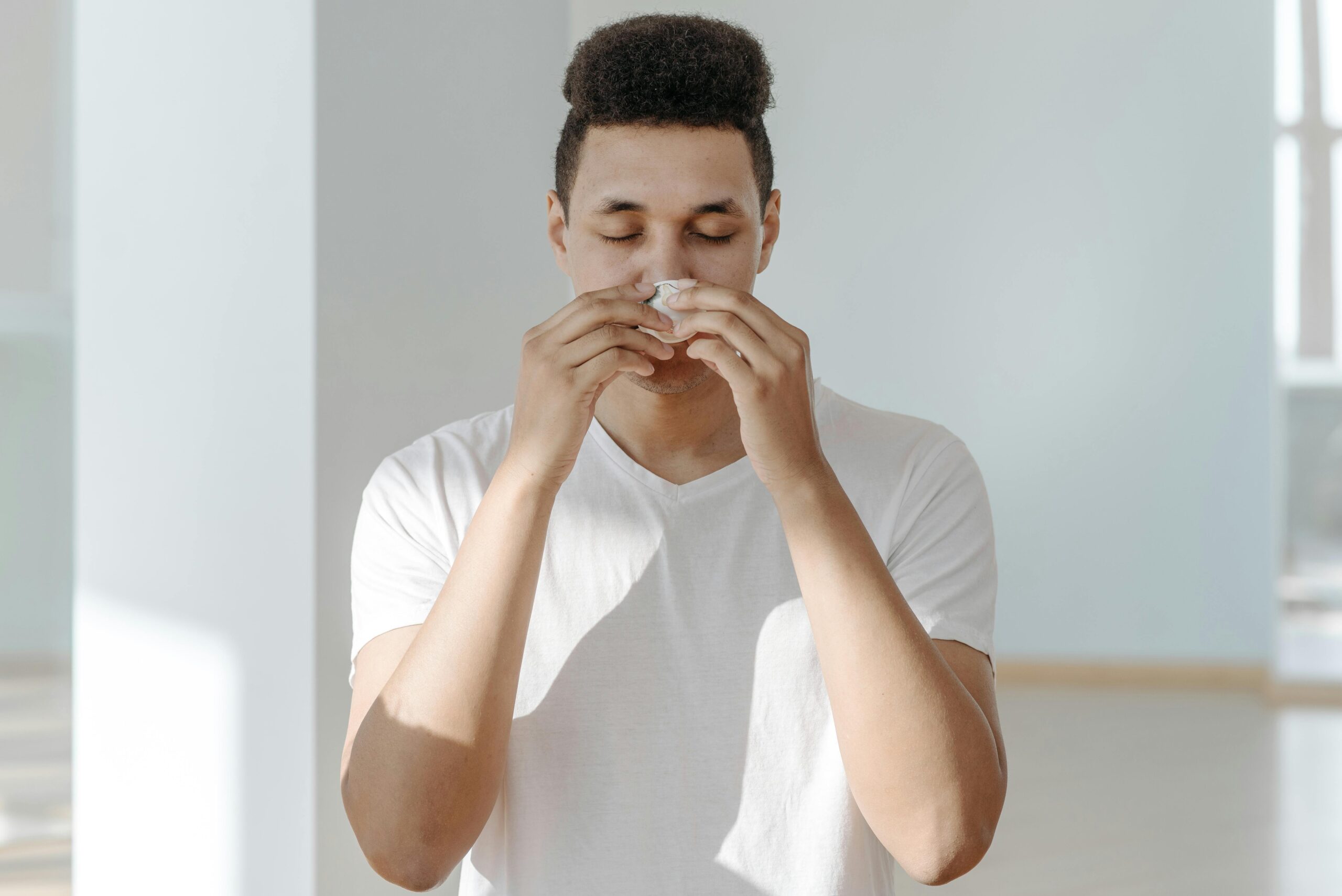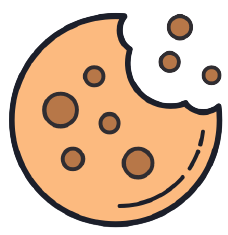The go-to-remedy for allergies and blocked noses is trapping people in a vicious cycle of relief and rebound. Some addicts even need surgery.
We’ve all been tempted to take an extra swig of cough syrup at the first sign of a little ‘kich kich’ in the throat. In fact, misuse of codeine-based dyrups became so rampant that the government had to ban certain fixed-dose combinations a few years ago. Now, a new form of over-the-counter addiction is quietly hold.
Are you one of those who is quick to reach for a nasal spray when you catch a cold? If you’re puffing away several times a day for weeks on end — and the congestion keeps coming back, often worse than before — there’s a good chance you may be addicted to the spray.
The medical term for it is rhinitis medicamentosa. It’s triggered by nasal spray overuse that leads to a perpetually stuffy or runny nose. There are no other flu, cold or allergy symptoms. While it affects both men and women, it is more common in young and middle-aged adults.
Rebound congestion is a direct fallout of nasal spray addiction. “Nasal decongestants like oxymetazoline are safe and effective for short-term use as directed by the physician. But prolonged, unsupervised use beyond the recommended duration leads to people getting hooked.”
ONE MONTH AND YOU’RE HOOKED:
Our nose has mass-like structures called turbinates airflow. In those who suffer from allergies, sinus infections or chronic colds, the turbinates can become swollen or enlarged. Nasal sprays can shrink these turbinates. ” A turbinate measuring 10mm may shrink to 5mm after using using the decongestant nasal drop, offering temporary relief. But once the effect wears off, typically after eight hours, the turbinate doesn’t simply return to its original size — it often swells to 11mm, which we call rebound congestion. With every subsequent use of the nasal drop, the turbinates enlarge further, worsening the blockage and deepening the dependency.”
This rebound effect can begin to appear as early as one month after regular use of these drops. That’s how quickly addiction can set in. Once hooked, patients feel compelled to carry the nasal spray in their pockets and use it multiple times a day.: Such addiction is not unique to India but a global concern.
OTHER HEALTH CONCERNS:
Persistent nasal congestion without infection. Common signs include irritation, dryness, sneezing, and sometimes a bleeding nose, with a 1.9% of ENT clinics reporting such instances.
“Patients with the condition may also suffer from anosmia (complete loss of smell), chronic nasal obstruction and psychological dependence on these drops, given their addictive nature.”
Dependency aside, prolonged use can potentially worsen hypertension as the sprays constrict blood vessels. “Overuse is not good for heart health too as it can get into the bloodstream.”
HOW TO WEAN PEOPLE OFF:
Breaking the cycle requires strong willpower, and while some manage to quit cold turkey, many find it incredibly difficult. “When behavioral efforts fail, patients often need surgery.”
The procedure is known as turbinoplasty and is done under local anesthesia to reduce the size of the turbinates. Techniques such as laser ablation or radiofrequency reduction are commonly used. “On an average, an ENT surgeon performs four to five turbinoplasty surgeries a month on chronic users with a history of two to three years. They usually seek surgical help after persistent nudging by family or when they notice an alarming increase in usage frequency.”
Doctors are calling for over-the-counter nasal decongestants to be reclassified as prescription only medication. “A clear warning should be printed on nasal spray packaging, stating that they should not be used for more than five days. It’s also time for the government to seriously reconsider whether these drugs should continue to be available without a prescription.”
HOW TO USE SPRAYS SAFELY:
- If you’re buying over the counter, be careful of sprays that contain oxymetazoline and phenlephrine as these cause addiction on overuse.
- Stick to 2 doses a day and for not more than five days at a stretch.
- Sprays that contain steroids like momestasone or fluticasone are safer for treating long-lasting congestion as they don’t cause rebound congestion.
- Sprays that contain the antihistamine azelastine are also safe to use and do not create dependence. They block histamine receptors in your nose linked to itching, sneezing and watery eyes. But if your nose is more stuffy than runny steroid sprays might be best as they’re better at directly reducing inflammation. Combining steroid and antihistamine sprays is also a safe option.
- Saline sprays without chemicals are also a safe and medication-free option. They reduce dryness and help clear nasal passages of particles, or germs that cause inflammation.





